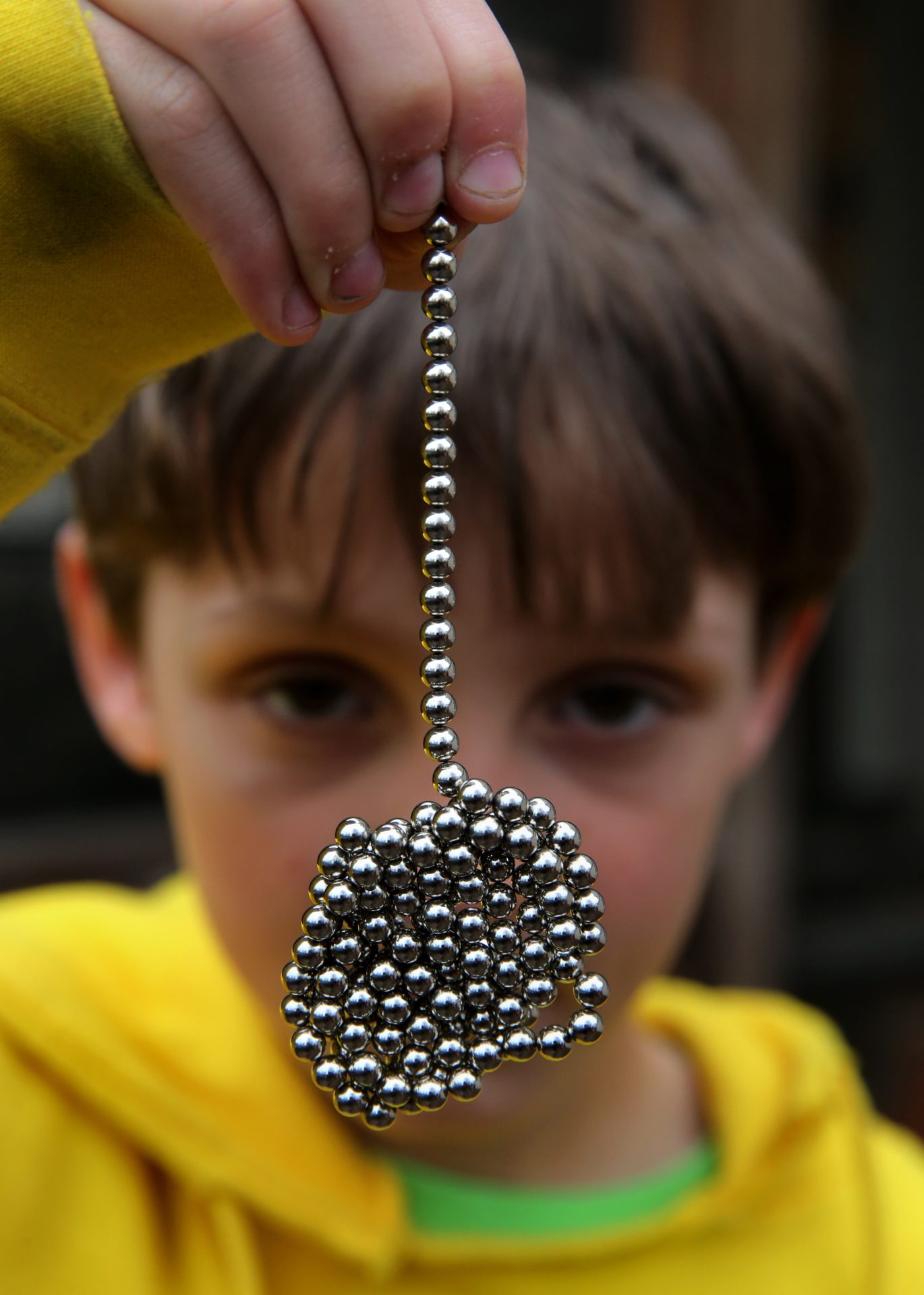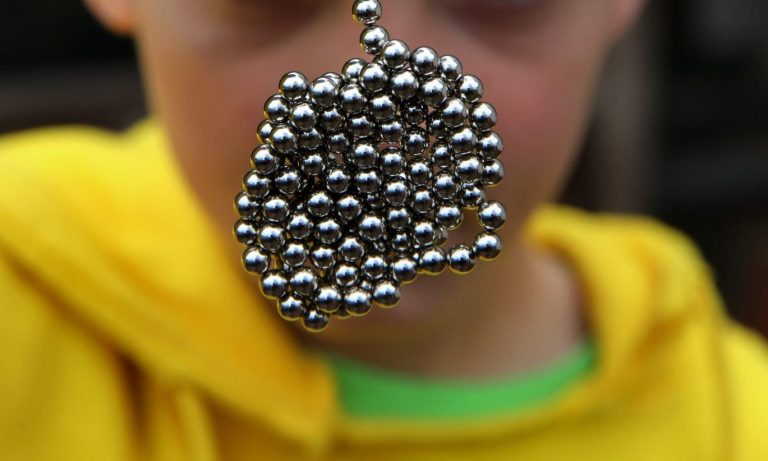Pediatricians are calling on parents and kid-friendly communities to be more vigilant with certain consumer products and children.
According to NBC News, this year’s Academy of Pediatrics National Conference will feature key research on hospital visits involving child injuries. The conference began on Oct. 20 and will last through Oct. 24 in Washington, D.C.
Meanwhile, this particular research will reportedly name consumer products that are “increasingly or frequently” sending kids to the emergency room. That list reportedly includes electric scooters, curling irons, and desk magnets.
The reported research will explain injuries related to burns caused by curling irons, ingestion of the magnets, and injuries on the scooters.
RELATED: 7.5 Million Baby Shark Toys Recalled Over ‘Risks Of Impalement’ & ‘Punctures’
Hazards Of Electic Scooters & Curling Irons
Pediatric resident Dr. Brandon Rozanski seemingly reflected on his curling iron-specific research with NBC News. He revealed that between 2013 and 2022, over 31,000 burn injuries came from hairstyling tools in people ages 24 or younger.
Dr. Rozanski added that the majority of those affected were aged 10 or under, but only about 1,000 of those cases required an emergency room visit.
For context, Dr. Brandon Rozanski is currently stationed at the Tripler Army Medical Center in Honolulu, Hawaii. His research relies on data from the Electronic Injury Surveillance System.
Meanwhile, research from the Children’s Hospital of Philadelphia (CHOP) suggests that electric scooter injuries rose 71 percent between 2020 and 2021. ER departments reportedly named over 13,000 related incidents in that time period, particularly in ages 16 to 18. The most common injury sustained was head trauma, with 67 percent of the affected users not wearing helmets.
“If you’re going to have your 15-year-old teenage boy riding [an electric scooter], they don’t need one that goes 55 miles per hour,” pediatric orthopedic surgeon at CHOP Dr. J. Todd Lawrence seemingly told NBC News.
ER Pediatric Physician Explains Dangers Of Swallowing Products Like Magnets
NBC News spoke with Dr. Leah Middelburg of the Nationwide Children’s Hospital in Columbus, Ohio. Dr. Middelburg’s research largely focuses on “rare-earth magnets,” which are sometimes sold as desk toys for adults.
She told the outlet that the magnets, which can come in “tens to hundreds in little sets,” are “up there with the things” she worries “a lot about kids getting ahold of.”
“Unfortunately, there are a few products that unto themselves pose a danger to a child,” Dr. Middelburg said.
Take Brandon Bruski, for example. In January 2013, Brandon — pictured below — ended up in the hospital with sharp stomach cramps and vomiting. Doctors later discovered that the child, about 8 or 9 years old at the time, had accidentally swallowed two magnets from a set of desk toys called Buckyballs, per The Press Of Atlantic City.
After a second visit to the hospital, Bruski underwent emergency surgery to remove the magnets and sections of his large and small intestines. The magnets had reportedly clamped his intestines together and caused ulcerations in his intestinal lining.
RELATED: Woman, 61, Dies After She’s Swallowed By Clothing Donation Box In California

Thankfully, Brandon was able to return home a few days after surgery. But that’s not always the case. In 2005, toddler Kenny Sweet Jr. died after swallowing rare-earth magnets from some Magnetix toys, according to the Chicago Tribune. The magnets had cut off the blood supply in his digestive tract, causing the death of surrounding tissue called gangrene.
Dr. Middelburg’s research relies on data from 25 children’s hospitals in the U.S. The data shows nearly 600 cases involving people 21 and under swallowing high-powered magnets or stuffing them in their noses and ears between 2017 and 2019.
Though the pediatric physician cites an increase in related cases as of 2017, doctors remain hopeful that a mandate passed last year will address the concerns. The U.S. Consumer Product Safety Commission reportedly passed requirements for magnet products to be too weak to cause internal injuries or too big to swallow.


